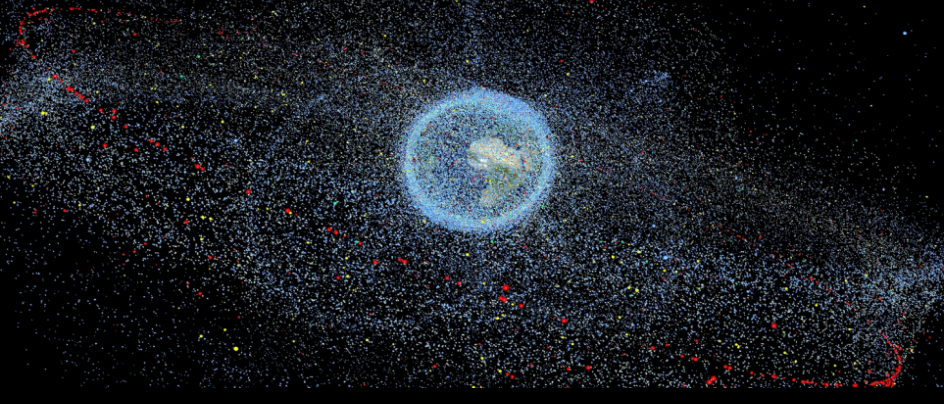Speaker
Description
Since the beginning of the space age in 1957, numerous artificial objects have accumulated in orbits around the Earth. While a portion of the defunct objects are large enough to be tracked by surveillance networks, the vast majority is non-trackable debris. Within the past decades, several models have been developed, aiming at modelling the ever-changing space debris and meteoroid environment. The characterization of the environment is not an easy task, especially when the non-trackable population is considered. Whilst on-orbit remote sensors have the potential of detecting non-catalogued objects, at present, the sub-millimetre realm can only be effectively studied with in-situ impact techniques.
Models such as ESA’s MASTER depend on in-situ measurement data to validate their small object population estimates. Typically, the main validation source are impact features from spacecraft or components exposed to the space environment for a period of time and brought back to Earth. Returned surfaces can provide invaluable information but they depend on missions to return them, and are characterized by limited orbital coverage and time of exposure. A potential validation source for the MASTER model, which could help reduce the spatial and temporal knowledge gaps of the small object population, is data from in-situ detectors.
MOVE-III is a CubeSat project of the Department of Aerospace and Geodesy at the Technical University of Munich, that aims to provide in-situ measurements of sub-millimetre space debris and meteoroid impactors. The main payload of MOVE-III consists of an assembly of impact ionisation DEDRA (DEbris Density Retrieval and Analysis) sensors, carried on a 6U Platform. The design of the sensor is based on the legacy of the MDC (Munich Dust Counter) sensor and the lessons learnt from the three missions that carried the instrument on-board. The basic information provided by the sensor is the number of impacts encountered at a specific location and time. Additional processing determines the mass and speed of each single impactor, which may allow the classification of the impactor’s origin. Directional information provided by the advanced DEDRA sensor design recovers the full velocity vector, allowing a first order approximation of the impactors orbit.
In the new era of satellite technology, CubeSats can provide a robust and, at the same time, low cost platform, which can be employed to collect in-situ space debris and meteoroid impact data using dedicated impact detectors. Well-established sensor technologies and data processing chains may open a new path to continuous in-situ data collection (e.g. CubeSat constellations or shared platforms) that can support the efforts of modelling the small space debris and meteoroid environment, and contribute in the validation of models like MASTER.

